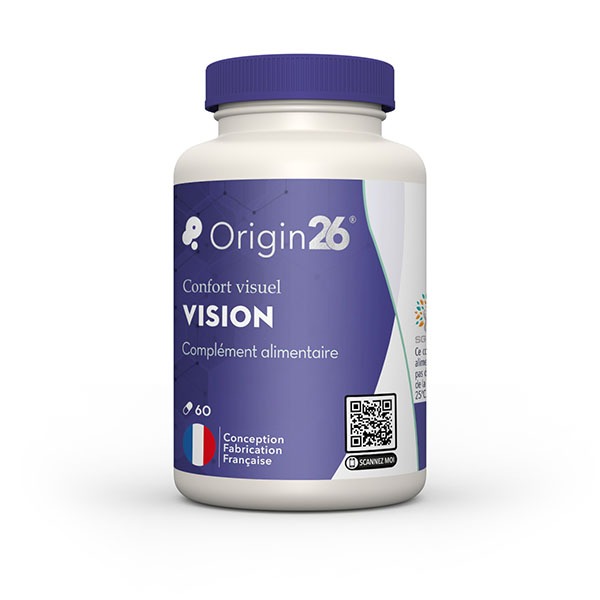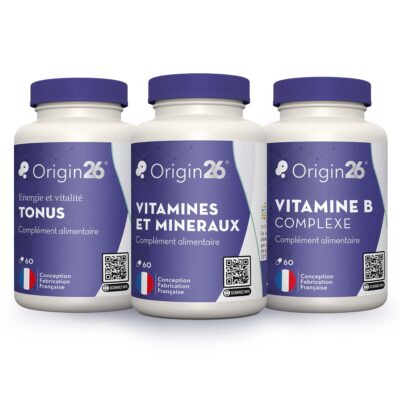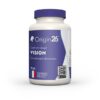Vision
Visual Comfort
Bilberry improves low light vision, glaucoma problems, degeneration of the macula and cataracts, a fruit good for the eyes. It is beneficial as an antiseptic for colibacillosis, acute enteritis and typhoid fever. Foods good for sight, and as an ideal dietary supplement for the eyes.
The marigold (Tagetes erecta) is used in the traditional medicine of South America, for its emetic and antidiarrheal, antispasmodic and antitussive, anthelmintic (antiparasitic) and analgesic properties as well as antimalarial and emmenagogue. It was recommended in the treatment of disorders of the digestive system, such as abdominal pain, intestinal parasites and diarrhea, liver pain and vomiting, but also problems of indigestion and difficult digestion. This herb also treats dental pain and eye infections, externally it knew a certain effectiveness to treat warts and wounds.
Lutein may prevent or slow the development of macular degeneration. A recent study shows that lutein helps reverse some symptoms of AMD. Age-related macular degeneration (AMD) is the leading cause of blindness in people over 45. While 20–25 mg of lutein per day is estimated to be needed for protection, modern diets typically provide 2 mg or less per day. The antioxidant lutein is particularly concentrated in the macula, where it protects against age-related macular degeneration and oxidative stress. The macula is located behind the lens and is responsible for detailed vision and color differentiation.
Zeaxanthin is a pigment from the carotenoid family. Carotenoids are long, very hydrophobic and colored molecules: from yellow to red. Within the carotenoids, two “subclasses” are chemically distinguished: the carotenes and the xanthophylls. Carotenes consist only of carbon and hydrogen; xanthophylls also contain oxygen atoms. Zeaxanthin belongs to this last class, that of the xanthophylls. Zeaxanthin is an isomer of lutein, another xantophyll pigment, also responsible for the orange-yellow color of some plants. For example, it is zeaxanthin that gives corn kernels their yellow color. Zeaxanthin, like lutein, is not synthesized by humans and must therefore be provided through food.
Vitamin C contributes to the normal functioning of the immune system. Vitamin C, or ascorbic acid, is essential for the formation of elastic fibers (collagen) contained, for example, in the walls of blood vessels, the deep part of the skin (dermis), the skeleton, tendons, ligaments or gums. . It also contributes to the absorption and storage of iron, as well as the metabolism of carnitine.
Vitamin E helps protect cells against oxidative stress. Vitamin E is actually a family of eight substances, the most common of which is alpha-tocopherol. The functions of vitamin E in the body are poorly identified and cannot be explained solely by its antioxidant properties.
Zinc Gluconate, rebalancing, regulates sebum production by inhibiting 5-alpha-reductase, responsible for seborrhoea of hormonal origin. Purifying: proven effectiveness against Propionibacterium acnes (bacteria responsible for acne), Staphyloccocus aureus and Malassezia furfur (yeast involved in particular in skin problems). Soothing: regulator of interleukin 1-alpha, mediator of inflammation. Very good affinity with the hair, which prolongs its action.





Reviews
There are no reviews yet.